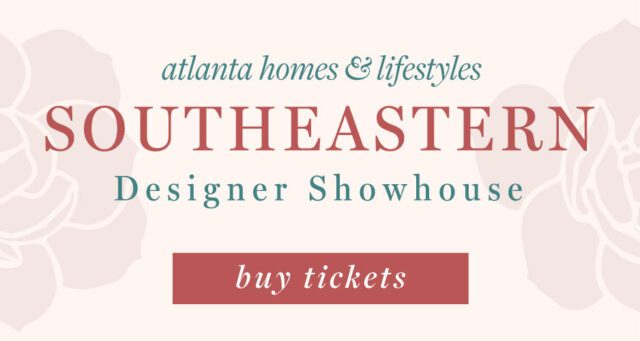Behind the Design: LeFat
Chef Guy Wong enlists Smith Hanes Studio to design his new Vietnamese-meets-French café concept on Atlanta’s Westside. AH&L explores its unique design elements.
It’s impossible to separate Smith Hanes from Atlanta’s increasingly sophisticated restaurant scene. A designer who has built his niche crafting industrial-chic eateries—in which patrons are as intrigued by the cuisine as they are by the environment in which they dine—Hanes understands the integral role a restaurant’s design can play in relaying its narrative.
In fact, his thoughtfully designed restaurants—think The Optimist, No. 246, JCT.Kitchen and Watershed on Peachtree—have raised the bar for even the most casual of eateries. Case in point is the Westside’s newest addition, Le Fat, chef Guy Wong’s recently launched Vietnamese-meets-French café concept.
Located in the former Yum Bunz space, Hanes says it was important to infuse Wong’s new neighborhood concept with “charm, feeling and soul.”
With that in mind, he enlisted a host of local craftspeople, including Andrew Crawford, Bjork Studio, Skylar Morgan Furniture Design and Chris Hagen, to custom-craft furniture, fixtures and upholstered pieces for the space, which will seat close to 70.
And, in a carefully cultivated mix that could only be attributed to Hanes, Asian and Parisian influences mix easily in the newly reimagined space, from the eight-foot-tall tramp-art temple behind a repurposed bistro-style hostess stand to a collection of vintage French posters holding court alongside custom-designed Southern pine benches.
Still, Hanes’s design influence on Le Fat (an abbreviation of “The Fat Rooster,” an initial name for the restaurant) is deceptively subtle, and invokes a homey feeling that invites patrons to stay awhile, from the custom flourescent light fixtures (which are actually LED) topped with craft-paper shades to the wallpaper with cabbage roses that “you might find in an old hotel in a small French town,” he says. Other interesting details include chevron-patterned oak floors in the bar (the bar is a handsome, old-fashioned walnut), and the geometric “hex” tiles.
“The main thing I wanted to create was a comfortable neighborhood place for people come experience his food,” Hanes says. It’s clear that Le Fat was designed with as much passion and personality as the chef who will occupy the kitchen.














